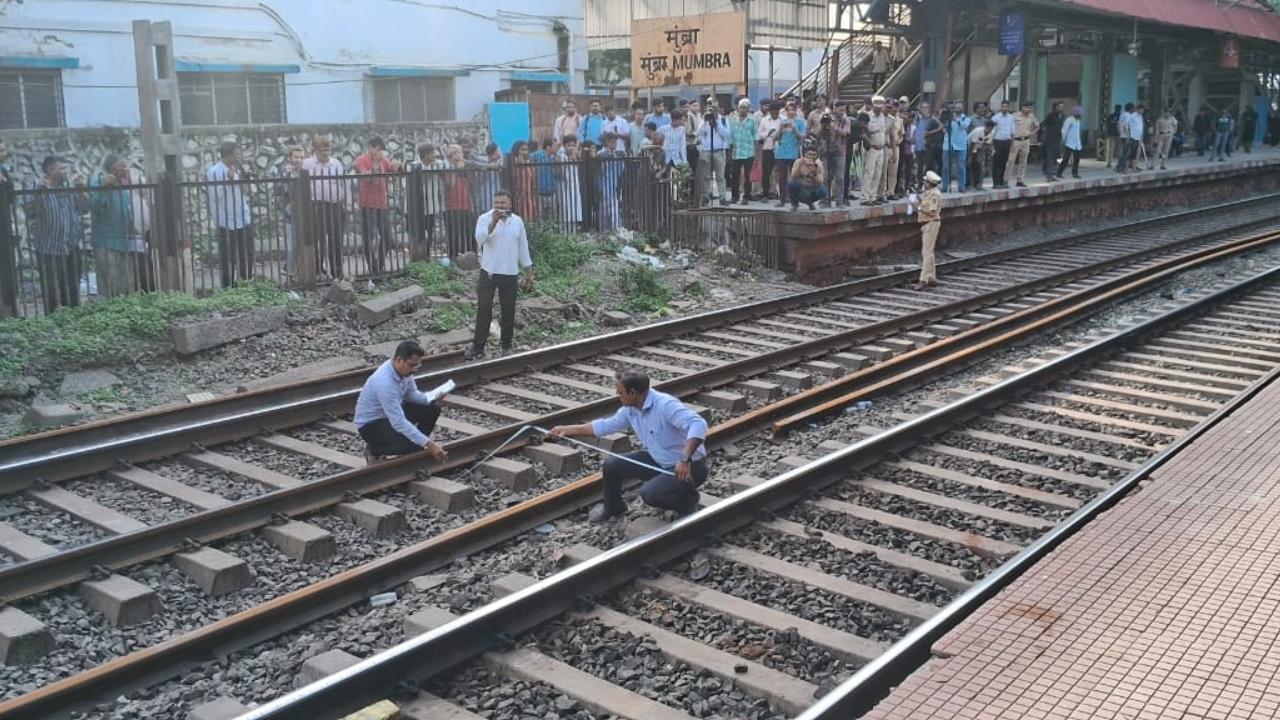
In the wake of the Mumbai local train tragedy at Mumbra station in Thane district of Maharashtra on Monday, the Indian Railways has decided to take a major step toward enhancing safety and comfort on Mumbai’s non-AC suburban local trains.
Four commuters, including a GRP constable, died and six were injured after falling off a moving and overcrowded local train in Maharashtra`s Thane district during the office rush hour on Monday morning, officials said.
The incident occurred between Diva and Kopar railway stations when the train was going towards Kasara, an official said.
Railway Minister Ashwini Vaishnaw, along with senior officials from the Railway Board, held an emergency meeting with the Integral Coach Factory (ICF) team in Chennai to address a long-standing issue — ventilation in non-AC local trains with automatic doors.
The purpose was to find a practical solution to the issue of automatic door closing in local non AC trains in Mumbai. The major issue with automatic door closing in non AC trains is suffocation because of reduced ventilation.
After detailed discussions, it was decided that new non AC trains will be designed and manufactured where the key issue of ventilation will be resolved using three design changes: First, the doors will have louvres. Second, coaches will have roof mounted ventilation units to pump in fresh air and the coaches will have vestibules so that passengers can move from one coach to another and balance out the crowd in a natural way.
The first train of this new design will be ready by November 2025.
After necessary tests and certification, it will be put into service by January 2026.
This is in addition to the 238 AC trains being manufactured for Mumbai suburban services.
After detailed discussions, the Ministry announced that a new design for Mumbai’s Electric Multiple Unit (EMU) local trains has been finalised, the officials said, adding that these trains will include three key features to solve the issue of suffocation and overcrowding:
– Louvred doors – to allow continuous air circulation even when doors are closed.
– Roof-mounted ventilation units – to pump in fresh air and improve overall airflow inside the coaches.
– Vestibules between coaches – to enable easier passenger movement and help balance the crowd more evenly across compartments.












